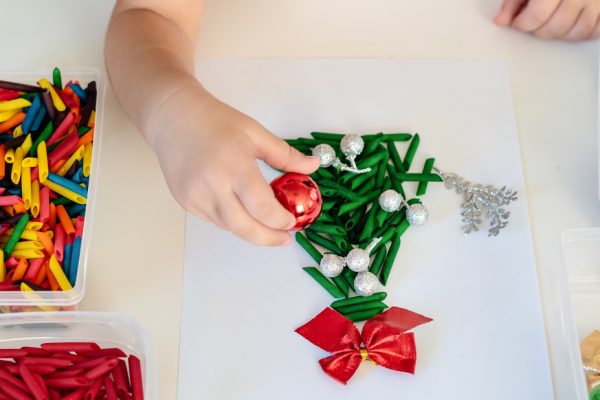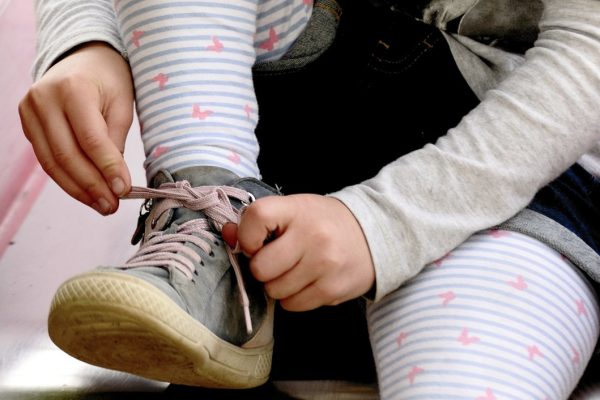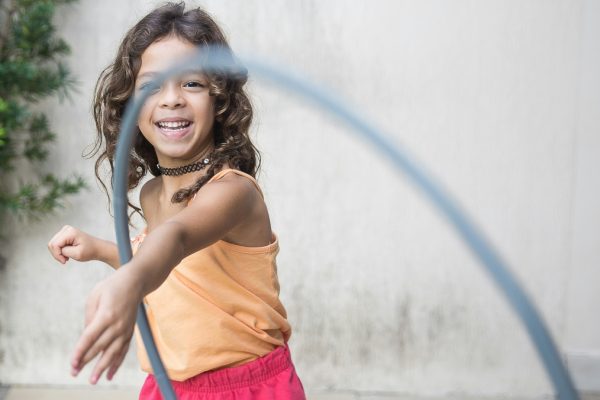
The power of play-based learning for autistic children
Play helps all children learn and grow, regardless of their background, interests or abilities. For autistic children, play and play-based learning can be an enjoyable and effective way to teach new skills, improve their confidence and encourage acceptance and belonging among their peers.
WHAT IS PLAY-BASED LEARNING?
Play is at the core of the growth and development of young children and is one of the most effective teaching tools parents and carers have. Play is not only fun for children; it helps them build essential life skills, including creativity, imagination, and curiosity about the world and the people around them. Children can discover information, practise new skills, and build resilience in a safe and supportive environment through playing on their own and with their families, peers and educators.
Play-based learning should involve a few key elements to be effective for autistic children. Consider your child’s strengths and abilities; play-based learning should meet them at their developmental stage while encouraging them to work towards their developmental goals. If your child receives early intervention or other professional support, these goals should be the same or similar to those addressed by the child’s therapy team.
Ideally, families, therapists, and educators (where applicable) will approach play-based learning similarly. Autistic children thrive on consistency and predictability, so using similar activities, rules, and rewards in activities at home, in therapy, and education settings is essential. Consider organising a meeting between you and any professionals supporting your child, including therapists and educators, to develop guidelines around play-based learning that are easy to implement and follow for everyone involved.
Using your child’s special interests is another important factor to consider in play-based learning. For example, if your child loves dinosaurs, they could practise turn-taking by sharing one of their dinosaur toys with their siblings or peers, with supervision from an adult, such as yourself or their teacher. During play, the adult should give plenty of positive feedback in a way the child will understand, for example, using verbal praise that specifies how the child is succeeding (‘I am so impressed that you let your brother have a go holding your toy. That is very good!’)
To be successful, play-based learning must be child-led and adult-supported, incorporating a child’s interests while reflecting their strengths and abilities that encourage them to build skills and ideas to become lifelong learners and active participants in the world around them.
HOW MODELLING HELPS AUTISTIC CHILDREN
Another way many parents and carers teach through play, often without realising it, is modelling. By providing a visual or physical demonstration of how to play, engage or perform a skill, parents and carers can support their autistic children’s learning and development in a way that is clear and captures their attention.
As with other forms of play-based learning, modelling should reflect your child’s learning and development goals with their strengths, abilities and support needs. Again, reflect on the skills and behaviours addressed by therapists or educators supporting your child and communicate with these professionals to determine the best ways to address these goals at home.
It’s important to remember that modelling isn’t forcing or demanding a child to play or engage in a specific way; instead, it aims to assist children struggling with a skill or task to build their confidence and independence. Ultimately, children should be encouraged to play, engage, learn and regulate in a way that makes them feel comfortable as long as the people around them are safe. When modelling, instant success or improvement should never be expected. The focus must remain on guiding and supporting children without pressure, allowing them to learn, practise and grow at their own pace.
A great example of modelling in action is the one mentioned above, where using a child’s toy dinosaur can help them practise turn-taking. Another great strategy is using ‘people games’; this includes games such as hide-and-seek, tag, or singing nursery rhymes in a group. Involving all senses can also benefit autistic children, helping them navigate sensory sensitivities safely.
WHAT IF NOTHING IS WORKING?
Sometimes, despite our best efforts, play- based learning might not be helping an autistic child’s learning and development as you hoped. For parents and carers, this can be disheartening or even anxiety- inducing, as you naturally worry about why your child is not progressing or finding certain skills or situations easier
to navigate. Like any new skill or process, it is very rare to find success the first time around. Play-based learning requires constant adjustments to reflect the child’s changing needs, preferences and goals. A flexible approach to play, along with plenty of patience and creativity, is essential.
Consider taking a step back and reflecting on what your child enjoys and responds well to and whether this is reflected in your approach. Is there something that causes your child to lose interest or become upset or confused during play? Are sensory stimuli triggering or engaging your child during play (e.g., a toy with flashing lights)? Are there toys, games or situations your child is drawn towards or enjoys doing often? Are the goals you are trying to address during play too ambitious or complex?
If your child receives support from therapists or educators, raise your concerns with these professionals. Their insights can help you identify what is not working and begin addressing any challenges through an evidence-based approach in therapy, education and at home.
Finally, remember not to be too hard on yourself. Look after yourself consistently and take a break when things become overwhelming for your and your child’s well-being. Focus on how far you have come and how the little wins are pretty big when supporting your autistic child’s learning and growth.


For more free, evidence-based autism information, visit autismawareness.com.au






